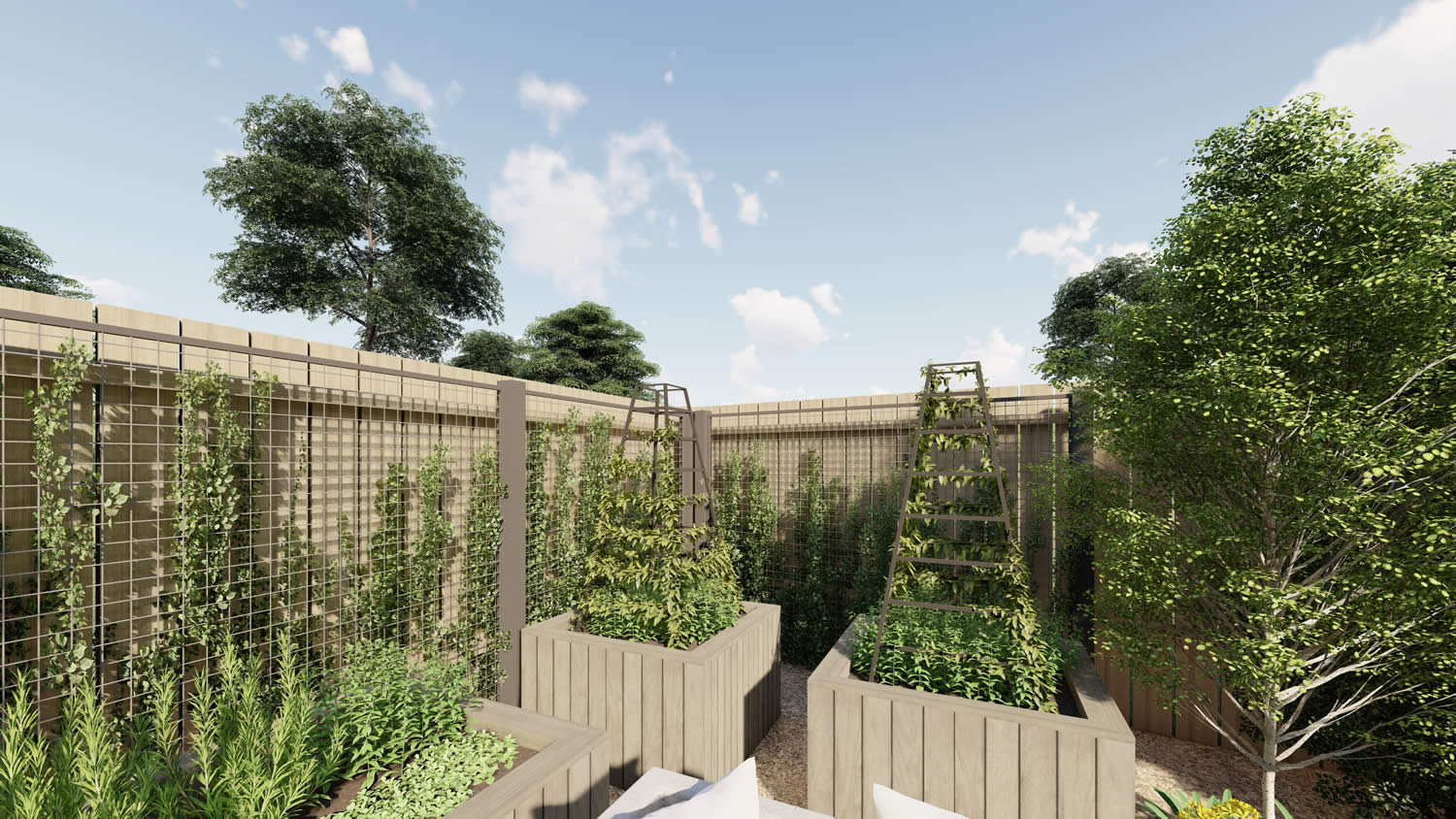
Green Harmony: Sustainable Garden Design for Eco-Friendly Spaces
Sustainable garden design is not just a trend; it’s a conscientious approach to creating outdoor spaces that thrive in harmony with the environment. In this article, we’ll explore the principles and benefits of sustainable garden design, shedding light on how it contributes to ecological balance, enhances biodiversity, and creates a tranquil retreat for both people and nature.
To delve into sustainable garden design concepts, visit Insight Into Light. Their commitment to transformative solutions extends beyond lighting, encompassing a range of eco-friendly practices that redefine outdoor living.
The Principles of Sustainability in Garden Design
Water Conservation
One of the fundamental principles of sustainable garden design is water conservation. Efficient irrigation systems, rainwater harvesting, and the use of drought-tolerant plants help minimize water consumption. By prioritizing water efficiency, sustainable gardens contribute to environmental conservation and reduce the strain on local water resources.
Native Plant Selection
Choosing native plants is a key element in sustainable garden design. Native species are adapted to the local climate, requiring less maintenance and fewer resources. They also provide essential habitat and food sources for local wildlife, promoting biodiversity and ecological balance.
Soil Health and Fertility
Sustainable gardens prioritize soil health through organic practices. Composting, mulching, and avoiding synthetic fertilizers contribute to soil fertility without harming the ecosystem. Healthy soil supports robust plant growth, sequesters carbon, and enhances overall garden resilience.
Benefits of Sustainable Garden Design
Biodiversity Enhancement
Sustainable garden design plays a pivotal role in enhancing biodiversity. Native plants attract local pollinators, birds, and beneficial insects, creating a thriving ecosystem within the garden. By fostering biodiversity, sustainable gardens contribute to the overall health of the surrounding environment.
Reduction of Environmental Impact
Conventional gardening practices often involve the use of chemical fertilizers and pesticides, which can have negative environmental impacts. Sustainable garden design eliminates or minimizes the use of harmful chemicals, reducing pollution and creating a healthier, more sustainable outdoor environment.
Energy Efficiency
Thoughtful planning in sustainable garden design includes considerations for energy efficiency. Strategic placement of trees and plants can provide natural shade, reducing the need for artificial cooling in outdoor spaces. This not only conserves energy but also creates comfortable and shaded areas for relaxation.
Design Elements in Sustainable Gardens
Permeable Surfaces
Sustainable garden design often incorporates permeable surfaces such as gravel paths or permeable pavers. These surfaces allow rainwater to penetrate the soil, reducing runoff and preventing waterlogging. Permeable surfaces contribute to groundwater recharge and mitigate the risk of soil erosion.
Wildlife-Friendly Features
To further support biodiversity, sustainable gardens may include wildlife-friendly features. Bird feeders, bird baths, and insect hotels create inviting spaces for various creatures. These features not only enhance the visual appeal of the garden but also provide essential resources for local wildlife.
Efficient Use of Space
Optimizing the use of space is a crucial aspect of sustainable garden design. Thoughtful planning ensures that every square foot serves a purpose, whether for growing food, providing habitat, or creating aesthetically pleasing areas. Efficient use of space maximizes the benefits of the garden while minimizing environmental impact.
Implementing Sustainable Garden Design
Start with a Site Analysis
Before embarking on a sustainable garden design project, conduct a thorough site analysis. Understand the local climate, soil conditions, and available sunlight. This information will guide plant selection, layout, and the overall design to ensure it aligns with the natural features of the site.
Choose Sustainable Materials
In addition to plant selection, the choice of materials for hardscaping elements is crucial. Opt for sustainable and locally sourced materials whenever possible. This reduces the carbon footprint associated with transportation and supports the local economy.
Embrace Seasonal Planting
Sustainable gardens often embrace seasonal planting, allowing for a dynamic and ever-changing landscape. Planting according to the seasons not only adds variety and visual interest but also aligns with the natural rhythm of the local environment.
Conclusion: Nurturing Nature and Beauty in Harmony
In conclusion, sustainable garden design is a holistic approach that goes beyond aesthetics. It involves mindful choices, from plant selection to water management, to create outdoor spaces that are both beautiful and environmentally responsible. By embracing the principles of sustainability, gardeners can contribute to the well-being of the planet while enjoying the tranquility and harmony of their green sanctuaries.
